In honor of World Water Day, here is a look at some water resources and program opportunities!
I recently had the opportunity, through my involvement as a Project WET Facilitator, to act as a field tester for early 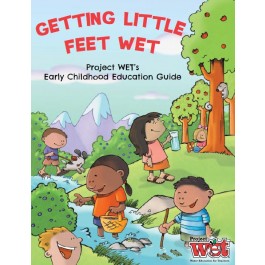 childhood water activities. The new guide, Getting Little Feet WET, is available as a digital download beginning today. The printed guide will be available on April 26. The activities we tested were fun, hands-on, and engaging for the children. The page to order and for more information can be found here:
childhood water activities. The new guide, Getting Little Feet WET, is available as a digital download beginning today. The printed guide will be available on April 26. The activities we tested were fun, hands-on, and engaging for the children. The page to order and for more information can be found here:
http://store.projectwet.org/getting-little-feet-wet-book.html
Project WET’s stated mission is “to reach children, parents, teachers and community members of the world with water education that promotes awareness of water and empowers community action to solve complex water issues.” Project WET materials are designed for use in the classroom, but also work well in non-formal settings. While their materials are available for purchase through the website, the best way to make use of them is to take Educator training. In the training, individuals are trained in how to read and use the guide, practice hands-on with some of the activities, and are taught how to read the related materials for each lesson. Included are such things as educational goals, resources, suggested book lists, and more.
Another good source of water-related resources is the National Science Teacher’s Association’s Outstanding Science Trade Books list, which can be found on their website, here: http://www.nsta.org/publications/ostb/
Books on the list which are related to water include non-fiction, picture books, and older fiction. One very 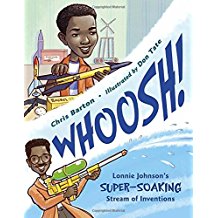 interesting addition is the book Whoosh! Lonnie Johnson’s Super-Soaking Stream of Inventions, by Chris Barton.
interesting addition is the book Whoosh! Lonnie Johnson’s Super-Soaking Stream of Inventions, by Chris Barton.
Another recent title related to water which is simultaneously joyous and sobering is The 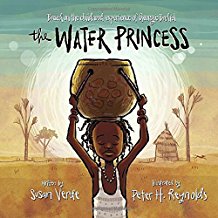 Water Princess, by Susan Verdi, based on the childhood experiences of African Supermodel Georgie Badiel. It makes the concept of needing to travel great distances for water, as is true for much of the world, accessible for children without being distressing. Peter Reynold’s wonderful illustrations help the joyful feeling of the book.
Water Princess, by Susan Verdi, based on the childhood experiences of African Supermodel Georgie Badiel. It makes the concept of needing to travel great distances for water, as is true for much of the world, accessible for children without being distressing. Peter Reynold’s wonderful illustrations help the joyful feeling of the book.
But back to Project WET. I have adapted the activity called The Incredible Journey to a grab-and-go outreach program I call “Visit the Hydrosphere!” The Project WET activity can be found here:
http://www.projectwet.org/resources/materials/discover-incredible-journey-water-through-water-cycle
This activity takes students through the water cycle as “water molecules” and engages them through a series of stations. At each station, which is labeled as a part of the water cycle- ground water, lake water, clouds, ocean, etc.- each student will roll a giant die which has sides labeled with “stay” at the current station, or directing the student to move to another specific station. At each station, the students add differently colored beads to a bracelet before rolling the die and moving or staying (at the back of the line) at the current station. At the end of the group’s acitivity time, students compare the colors each have collected in their bracelets, and make observations about which stations required students to stay the most, why they differed, and what the changes in one part of the cycle might change in other parts of the cycle. While this activity is suggested for upper elementary and middle school (and older), I have used it with groups as young as 2nd grade. Kids and teachers alike enjoy this activity. I keep a bag packed with all the necessary materials including the dice, station marking posters, chenille stems for the bracelets, and the pony beads- a different color for each station. I also keep copies of the books I use with the activity packed in the bag. There are many great books about the water cycle and water in general, but the three I keep in the kit are:
Water Dance, by Thomas Locker; A Drop Around the World, by Barbara McKinney; and All the Water in the World, by George Ella Lyon.
At any moment’s notice, I have a complete STEM activity/lesson ready to go- for in-house or outreach use!

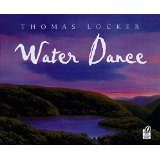
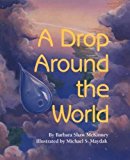
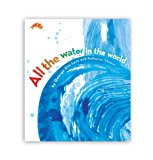



Leave A Comment